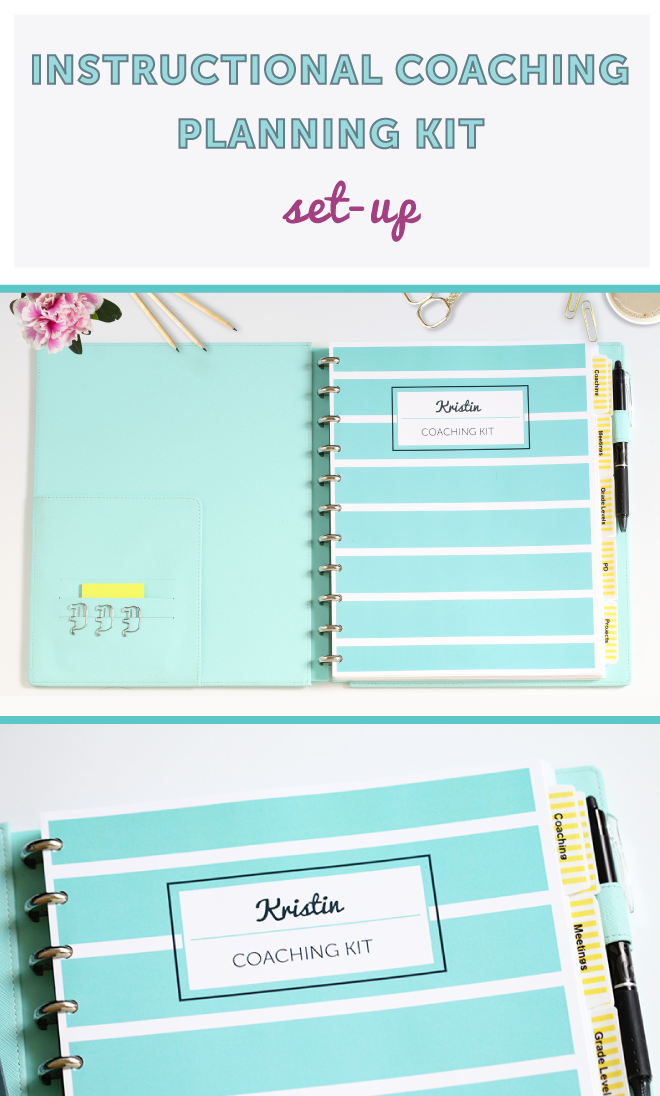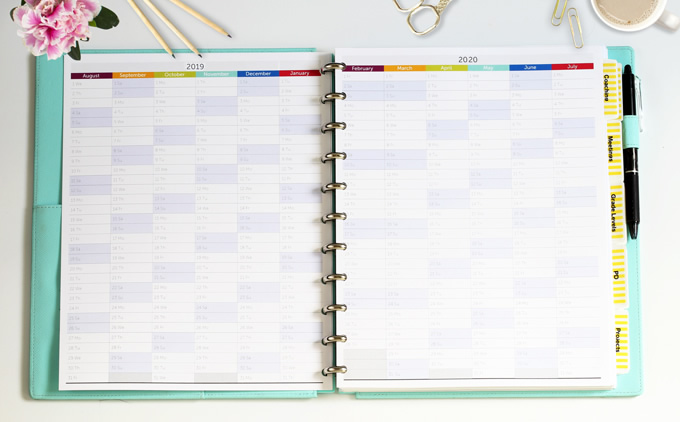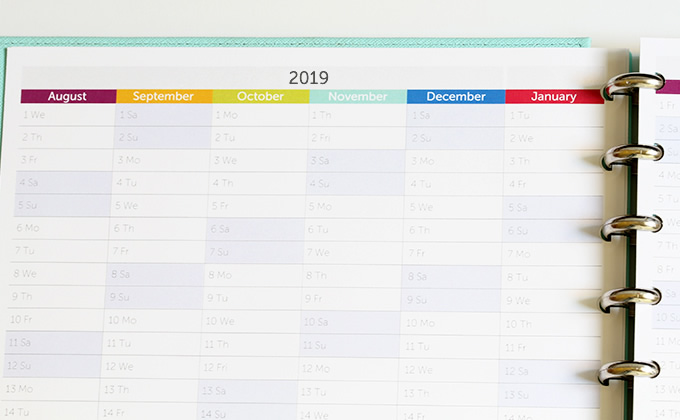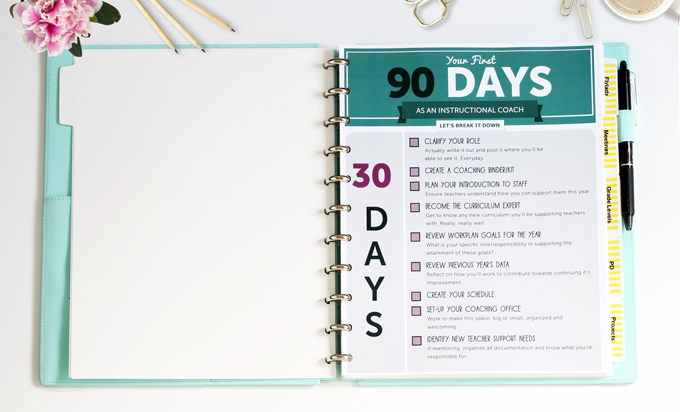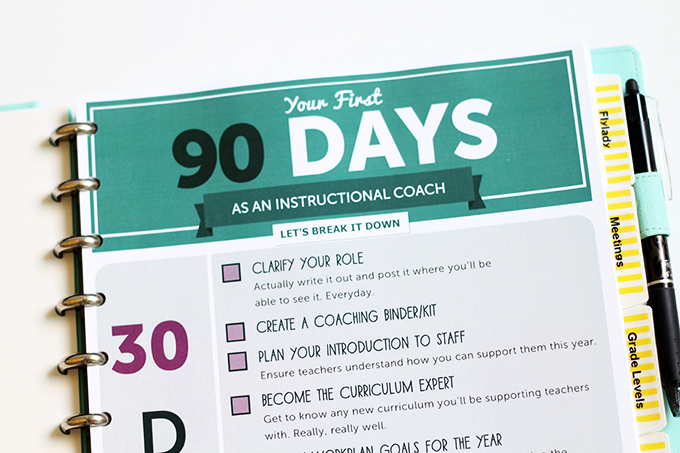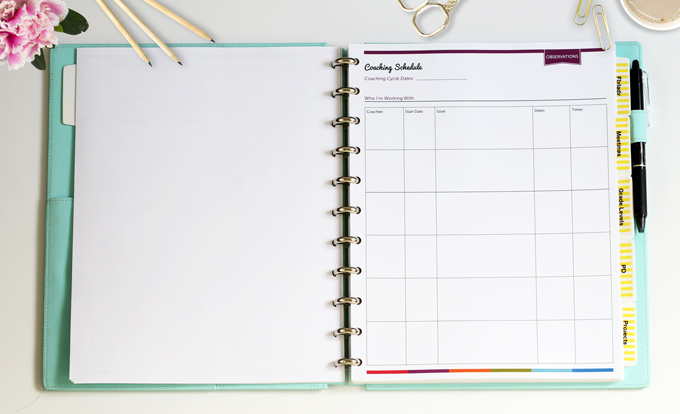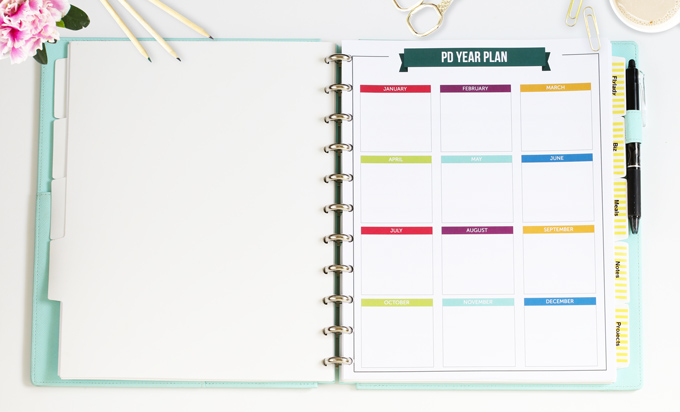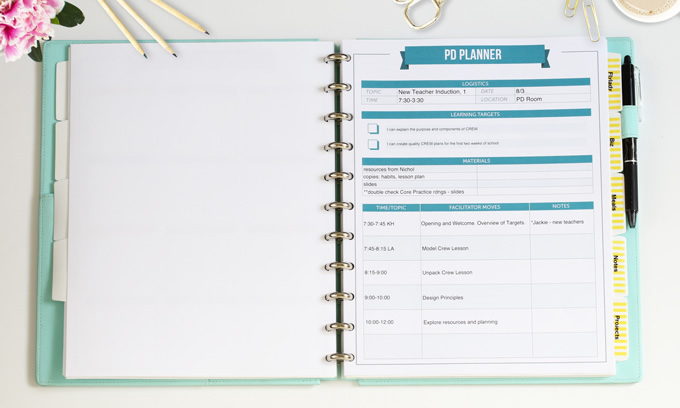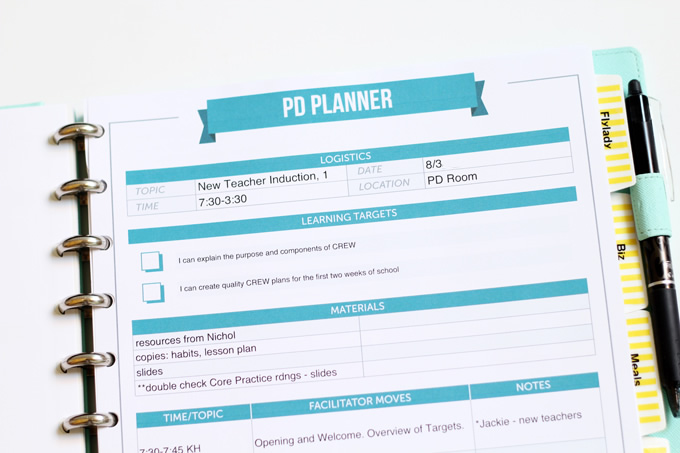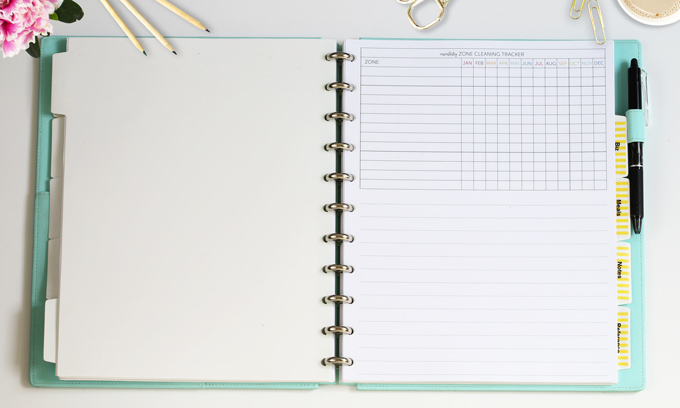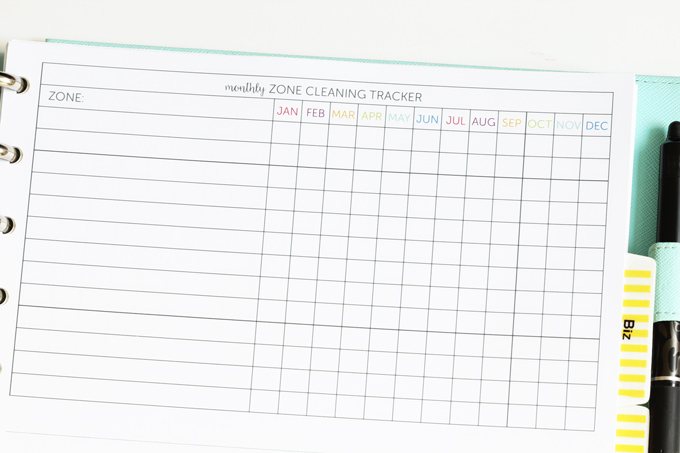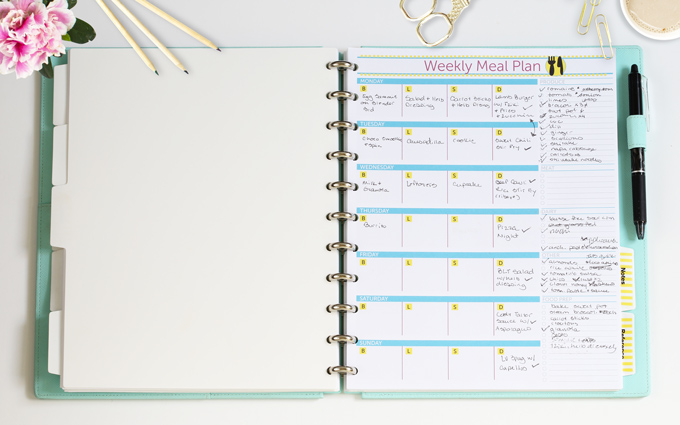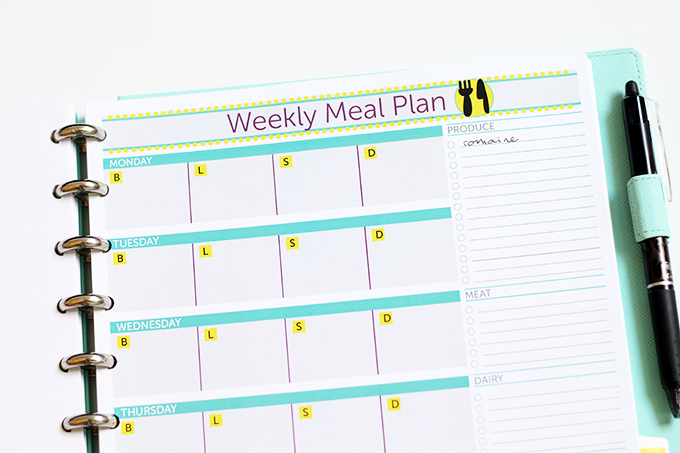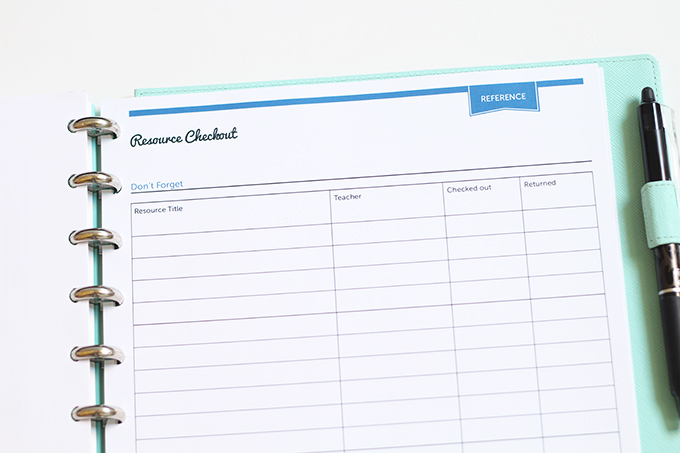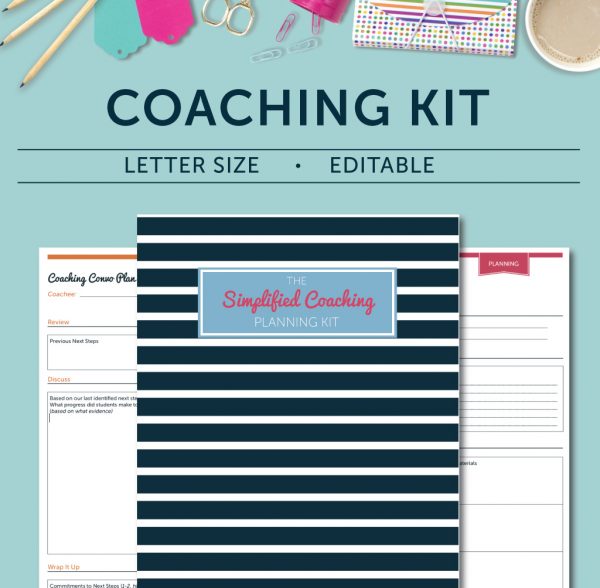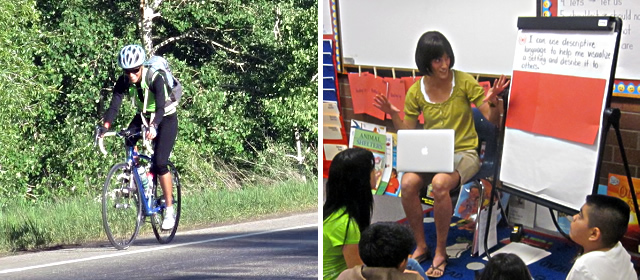Creating a Coaching Invitation
Instructional Coaching, Teaching Tips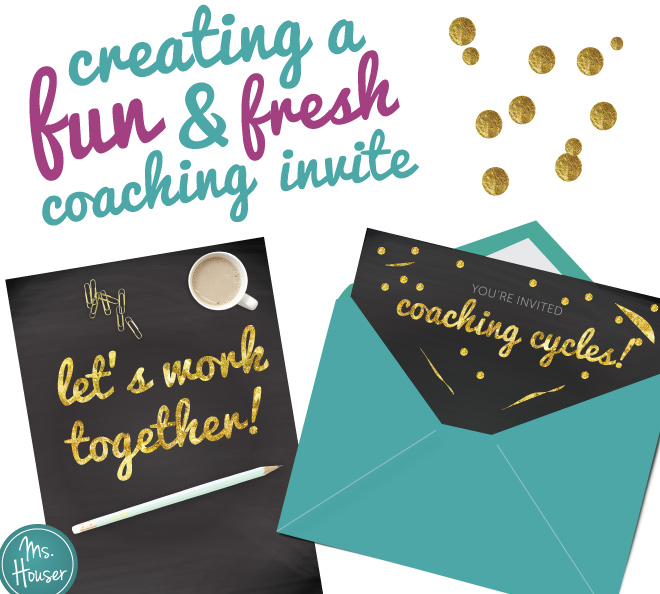
Wouldn’t it be super awesome if you had teachers constantly knocking on your door throughout the year, excitedly asking to work with you in a coaching cycle?
“Hey Kristin! I’d love to get started in a student centered coaching cycle with you connected to the 3rd grade informative writing standard. This is an area I’d really love for my students to make growth in next quarter. I can get started on creating a pre-assessment for us to work from if that works for you??”
OR
“Kristin! What do you think about co-teaching together next quarter? I’m working to get a handle on this new curriculum and I’d love you as a thought partner in helping plan through some of the lessons. It’d be extra cool if you could micro-model a portion of the close read aloud and then we could conference with a few students together and learn from each other’s formative assessment data!!”
Ahhh, dreamy.
I’d love to say this is my reality throughout the year, but it’s not.
And that’s ok.
Teachers get busy, and stressed, and overwhelmed, and sometimes getting excited about working in a coaching cycle is the last thing on their minds.
So, what to do? Well you don’t just sit around and wait for the excited knocks to come, feeling defeated when they don’t.
You stay positive, get out there, and continue to nurture the culture of coaching you’ve worked hard to create.
One way I worked to put this move into practice earlier this week, was by sending out an invite. Yep, a coaching invite.
There were a few things I worked to keep in mind in creating this. Let me walk you through my invitation creation process.

Push yourself to work your creative muscles a bit, and think outside the standard text in an email message. Sure, it gets the job done, but you’re working to get teachers excited about coaching remember? So could you try:
- Make a short animated video as an invite.
- Create an colorful brochure using Canva, export it as a PDF, and embed it in your email.
- Design a color print-out with some fun graphics, maybe throw in some candy, and drop it off in teachers boxes.
- Build an illustrated newsletter using Smore.
The sky’s the limit!

You like being given some choices with your learning, and so do teachers. They may be up for working with you, just not right now.
When creating your invite, pull out your Time & ToDo Planner. Consider what chunks of time you have for the remainder of this year to work with teachers, and which periods of time work best, given breaks and testing schedules. Based on this, provide options for teachers around the time period when they might work with you.

Do teachers in your building even have a solid understanding of what coaching with you will look like? The time commitment included? How it will benefit them?
Hmmm…
Even if you have worked with teachers before, you may have changed some things, or maybe it’s just been awhile. Not to mention the new teachers who may be in your building this year.
Either way, this could be a good opportunity for you to revisit what a coaching cycle actually is. The overview is brief!
Think about how to distill the work you do down down to 3-5 major bullet points, and share this in your invite.

Teachers will naturally have wonders, worries, or concerns about working in a coaching cycle that may be preventing them from signing up. Take a minute to think through what these might be. Great. Now consider how you might tactfully address 2-3 of these, very briefly, in your invite.
Here are a few that came up for me:
- I have a lot going on, is this going to feel like something extra added to my plate?
- Can you tell me a bit more about what “coaching in the classroom” will look like?
- I’d love to work in a coaching cycle with my team. Is this a possibility?

Consider how you’d like to structure your coaching cycles throughout the year. How many rounds will you do? How many teachers can you work with in each round?
Also consider teacher needs. Send your invitation out well before you’d like your next cycle to start. Give them some time to process your invite, and respond.
I decided to send my invite out two weeks before fall break, as I’d like to start my next round right when we get back.
Oh, and don’t forget to give yourself plenty of time to actually create the invite. It took me a good few hours to draft, edit, and finalize mine.

OK, so here’s a look at what your invite might look/sound like when it’s all put together.
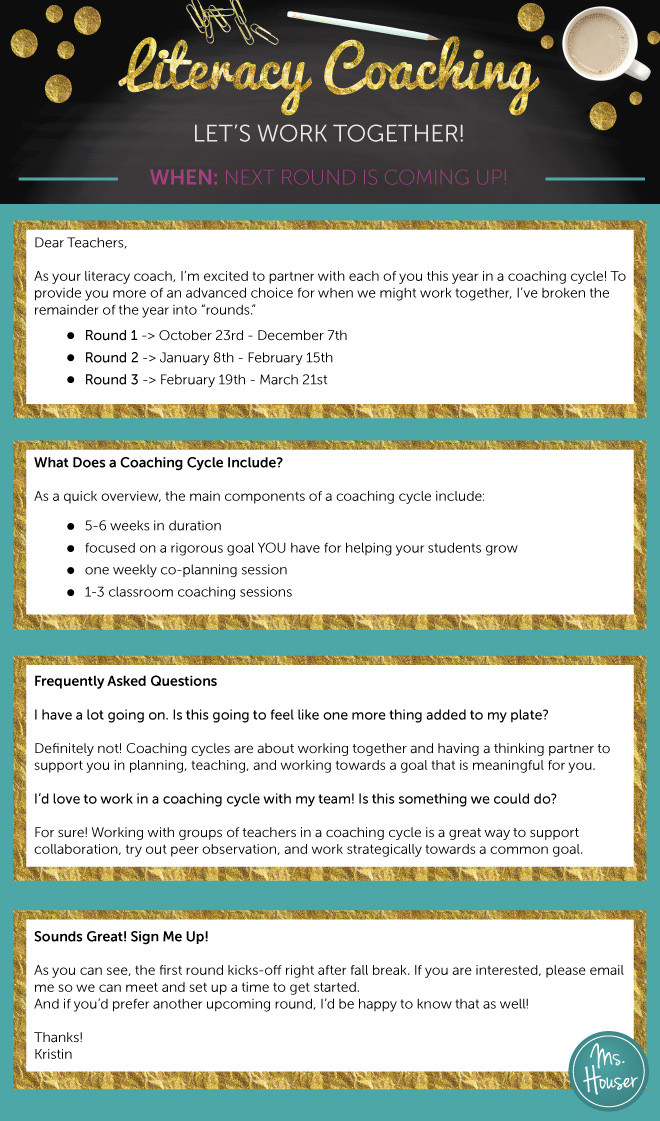
You sent it! Great job!
But…you’re not done there. Just because you sent the initial invite doesn’t mean every teacher will be banging down your door with a “YES!” RSVP. You will likely have to follow-up with teachers.

Plan to follow-up personally with the teacher who you would like to work with but hasn’t responded yet. I like to think of my coaching invite as a conversation starter. So, no pressure here, just follow-up with them to chat about what might be on their minds for coaching.
I hope this post gave you some ideas for how you might think about how you work to invite teachers into coaching cycles with you.
Let me know if you have questions in the comments, otherwise get those fun and fresh invites going!
![]()

